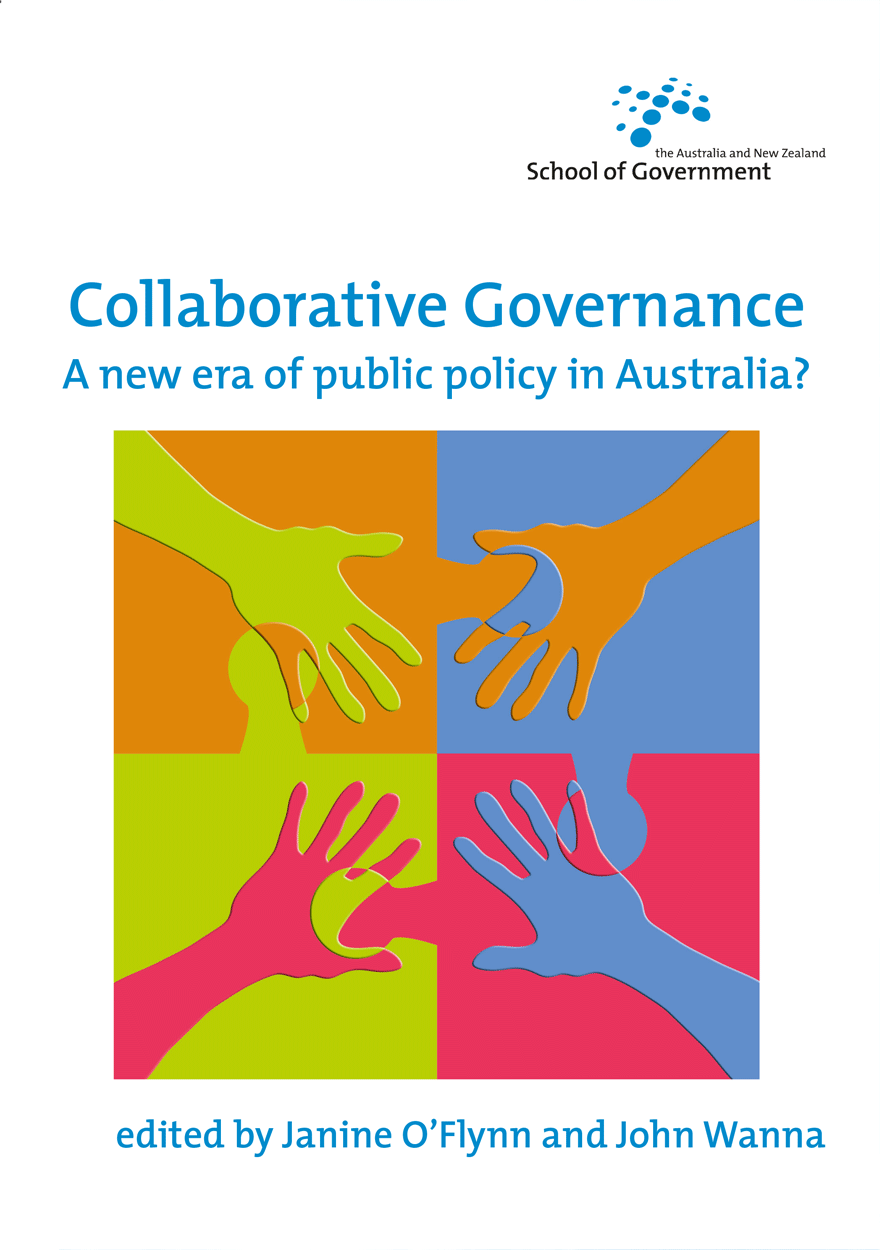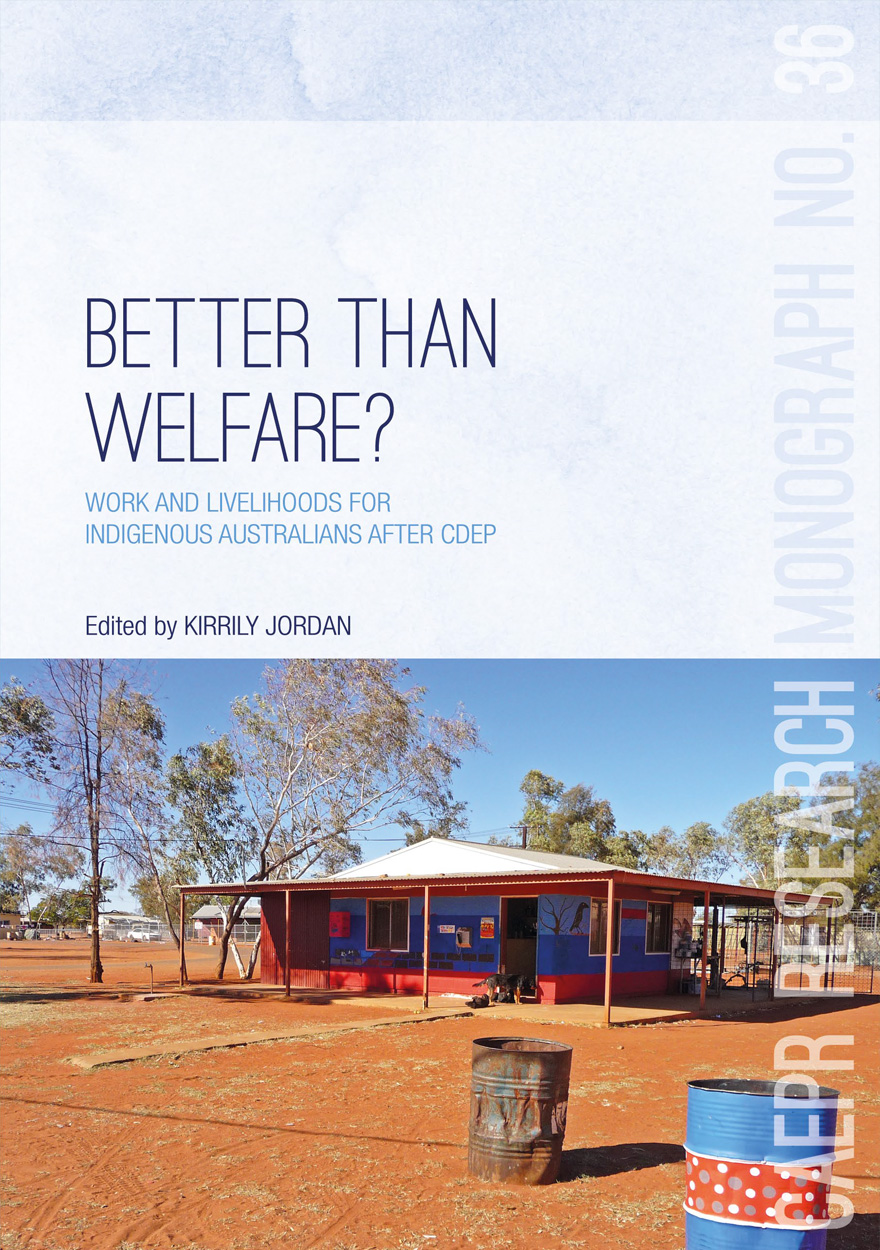
Collaborative Governance
A new era of public policy in Australia?
Edited by: Janine O'Flynn, John WannaPlease read Conditions of use before downloading the formats.
Description
Collaboration has emerged as a central concept in public policy circles in Australia and a panacea to the complex challenges facing Australia. But is this really the cure-all it seems to be? In this edited collection we present scholarly and practitioner perspectives on the drivers, challenges, prospects and promise of collaboration. The papers, first presented at the 2007 ANZSOG Conference, draw on the extensive experience of the contributors in either trying to enact collaboration, or studying the processes of this phenomenon. Together the collection provides important insights into the potential of collaboration, but also the fiercely stubborn barriers to adopting more collaborative approaches to policy and implementation.
The collection includes chapter from public servants, third sector managers, and both Australian and international academics which together make it a stimulating read for those working with or within government. It adds considerably to the debate about how to address current challenges of public policy and provides a significant resource for those interested in the realities of collaborative governance.
Details
- ISBN (print):
- 9781921536403
- ISBN (online):
- 9781921536410
- Publication date:
- Dec 2008
- Imprint:
- ANU Press
- DOI:
- http://doi.org/10.22459/CG.12.2008
- Series:
- Australia and New Zealand School of Government (ANZSOG)
- Co-publisher:
- The Australia and New Zealand School of Government (ANZSOG)
- Disciplines:
- Social Sciences: Indigenous Studies, Politics & International Studies, Social Policy & Administration
- Countries:
- Australia; Europe: United Kingdom; North America: Canada
PDF Chapters
Please read Conditions of use before downloading the formats.
If your web browser doesn't automatically open these files, please download a PDF reader application such as the free Adobe Acrobat Reader.
To copy a chapter DOI link, right-click (on a PC) or control+click (on a Mac) and then select ‘Copy link location’.
- Preliminary Pages (PDF, 157KB)
- Contributors (PDF, 75KB)
- Preface (PDF, 103KB)
- Editors’ introduction (PDF, 76KB)
Part 1. Setting the scene: challenges and prospects for collaboration
- Collaborative government: meanings, dimensions, drivers and outcomes (PDF, 131KB) – John Wanna doi
- Governing through collaboration (PDF, 120KB) – Dr Peter Shergold doi
- The changing nature of government: network governance (PDF, 111KB) – William D. Eggers doi
- Doing Things Collaboratively: Realizing the Advantage or Succumbing to Inertia? (PDF, 329KB) – Chris Huxham and Siv Vangen doi
- Hit or myth? Stories of collaborative success (PDF, 125KB) – Chris Huxham and Paul Hibbert doi
- Collaborative governance: the community sector and collaborative network governance (PDF, 113KB) – Paul Smyth doi
Part 2. The reality of collaboration: success, failure, challenges and questions
- What works and why: collaborating in a crisis (PDF, 87KB) – Shane Carmody doi
- Collaboration in education (PDF, 114KB) – Rachel Hunter doi
- From collaboration to coercion: a story of governance failure, success and opportunity in Australian Indigenous affairs (PDF, 273KB) – Diane Smith doi
- The PPP phenomenon: performance and governance insights (PDF, 145KB) – Graeme Hodge and Carsten Greve doi
- Perspectives of community organisations: The Smith Family experience (PDF, 116KB) – Elaine Henry doi
- Collaborative approaches to ‘people-based’ and ‘place-based’ issues in Victoria (PDF, 179KB) – Victoria Jane Treadwell doi
- Formal collaboration, collaborative councils and community engagement (PDF, 118KB) – Margaret Allison doi
- Collaborative democracy: the citizen’s ability to collaborate effectively (PDF, 858KB) – Louise Sylvan doi
Part 3. Collaboration abroad: comparative perspectives
- Galvanising government—non-profit/voluntary sector relations: two Canadian cases to consider (PDF, 148KB) – Evert Lindquist doi
- Collaboration with the third sector: UK perspectives (PDF, 89KB) – Ben Jupp doi
Part 4. Collaboration: rhetoric and reality
- Elusive appeal or aspirational ideal? The rhetoric and reality of the ‘collaborative turn’ in public policy (PDF, 134KB) – Janine O’Flynn doi
- Postscript (PDF, 83KB) – Peter Shergold doi
Other publications that may interest you













